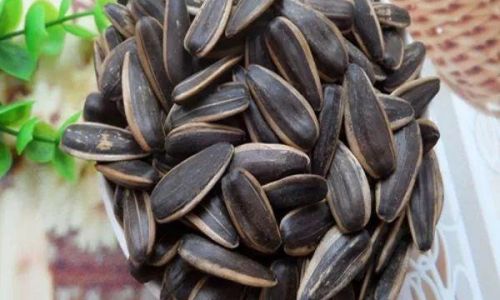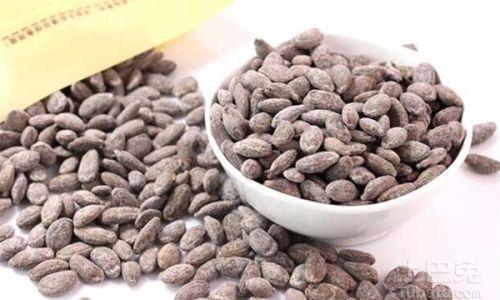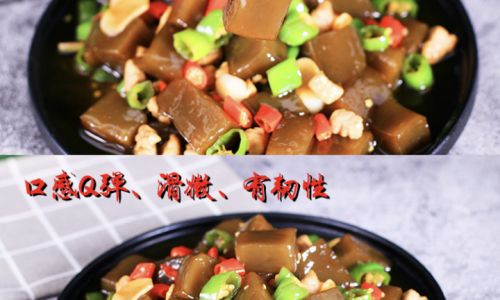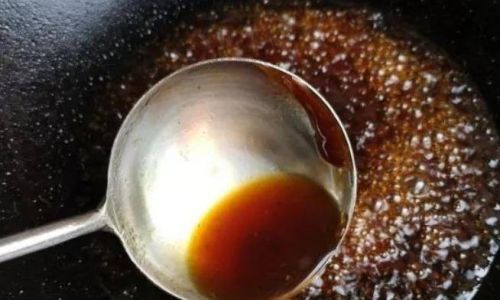Introduction
Stir-fried watermelon seeds, known in Mandarin as cháo dù guā zǐ, represent a culinary tradition deeply embedded in Asian gastronomy. This humble snack, often overlooked in Western contexts, has evolved from a seasonal farmhouse treat to a beloved global indulgence. Roasted to perfection and seasoned with a medley of spices, these seeds offer a symphony of textures and flavors—crispy, savory, and undeniably addictive. Beyond their gustatory appeal, stir-fried watermelon seeds carry cultural weight, symbolizing community, sustainability, and the art of transforming agricultural byproducts into gourmet delights. This article explores the history, preparation methods, nutritional benefits, and modern adaptations of this timeless snack, tracing its journey from rural kitchens to urban markets worldwide.
Historical Origins and Cultural Roots
The practice of stir-frying watermelon seeds dates back centuries, rooted in the agrarian societies of East Asia. Watermelons, native to Africa, were introduced to China via the Silk Road during the Tang Dynasty (618–907 CE). Farmers, seeking to minimize waste, discovered that the seeds—often discarded after consuming the fruit’s flesh—could be repurposed into a nutritious snack. Early records suggest that seeds were initially sun-dried and lightly salted, evolving over time into the stir-fried method we recognize today.
In rural China, stir-fried seeds became synonymous with communal gatherings. Families would gather around wood-fired stoves, roasting seeds in large woks while sharing stories. The snack’s preparation was as much a social ritual as a culinary process. Seasonal festivals, such as the Mid-Autumn Festival, often featured these seeds as a symbol of abundance and togetherness. Similarly, in Japan and Korea, variations of roasted seeds emerged, reflecting regional preferences for soy sauce, seaweed, or chili seasonings.
The Alchemy of Stir-Frying: Techniques and Traditions
Stir-frying watermelon seeds is a delicate balance of heat, timing, and seasoning. The process begins with selecting mature, black-striped seeds, which are rinsed and soaked overnight to soften their shells. Soaking also reduces bitterness, a trait inherent in unprocessed seeds. After drying, the seeds are roasted in a wok over medium heat, stirred continuously to prevent burning.

Traditional chefs emphasize the importance of “wok hei”—the breath of the wok—a term describing the smoky, charred flavor imparted by high-temperature cooking. Modern adaptations may use ovens or air fryers, but purists argue that only wok-stirred seeds achieve the coveted crunch and depth of flavor. Seasonings vary widely: in China, coarse salt and star anise dominate; in India, turmeric and chili powder add a fiery kick; while Middle Eastern versions might incorporate cumin or lime zest.
The final product—golden-brown seeds with a glossy finish—is cooled before packaging. Master roasters often test doneness by biting into a seed; a satisfying crunch and mild nutty aroma indicate perfection.
Nutritional Powerhouse: Health Benefits of Stir-Fried Seeds
Beyond their culinary appeal, stir-fried watermelon seeds are a nutritional powerhouse. A 30-gram serving contains:

- 12 grams of protein: Comparable to almonds, making them an excellent plant-based snack.
- 5 grams of fiber: Aiding digestion and promoting satiety.
- Rich in magnesium: Essential for muscle function and bone health.
- Healthy fats: Monounsaturated and polyunsaturated fats support heart health.
Unlike deep-fried alternatives, stir-frying minimizes oil absorption, reducing calorie content. Studies also suggest that watermelon seeds contain antioxidants like lycopene, linked to reduced inflammation and cancer risk. Their low glycemic index makes them diabetic-friendly, while their iron content combats anemia.
Culinary Versatility: Beyond the Snack Bowl
While typically enjoyed solo, stir-fried seeds have infiltrated global cuisines in innovative ways. In Vietnam, crushed seeds top bánh xèo (sizzling pancakes), adding texture. In Mexico, chefs incorporate them into chamoy-spiced candies, balancing sweetness with smokiness. Artisanal bakers in Europe now grind seeds into gluten-free flour for bread and crackers.
The seeds also star in vegan cheese recipes, where their protein structure mimics dairy. In cosmetics, watermelon seed oil—derived from cold-pressed seeds—is prized for its moisturizing properties. This cross-industry adaptability underscores the seed’s untapped potential.

Global Appeal and Modern Adaptations
The 21st century has witnessed a surge in stir-fried seed popularity, fueled by health-conscious trends and cultural exchange. Asian supermarkets in London, New York, and Sydney now stock gourmet varieties, from Szechuan pepper-infused to truffle-scented. Food trucks at festivals offer “designer” seeds, with toppings like nutritional yeast or matcha salt.
Social media platforms like TikTok and Instagram have democratized recipes, with home cooks sharing creative twists. One viral trend involves coating seeds in honey and chili flakes, creating a sweet-spicy hybrid. Meanwhile, eco-conscious brands market the snack as “zero-waste,” appealing to environmentally aware consumers.
Challenges and Controversies
Despite their rise, stir-fried seeds face hurdles. Over-roasting can render seeds bitter, while inconsistent sourcing may lead to rancidity. In 2022, a scandal erupted when a major producer was accused of using artificial flavorings, sparking debates about authenticity. Additionally, the seeds’ hard shells pose choking risks for young children, prompting some countries to enforce age restrictions.

Sustainability and Ethical Considerations
Watermelon cultivation requires significant water resources, raising concerns about environmental impact. However, utilizing seeds—a byproduct—aligns with circular economy principles. Some companies now partner with fair-trade farms, ensuring farmers receive equitable wages. Organic certifications also address pesticide concerns, appealing to ethical consumers.
The Future of Stir-Fried Seeds: Innovation and Preservation
As demand grows, innovation accelerates. Lab-grown watermelon seeds, cultivated without pesticides, may soon hit shelves. Startups are experimenting with 3D-printed seasoning dispensers, allowing custom flavor combinations. Meanwhile, preservationists advocate for traditional methods, fearing that automation could erase cultural nuances.
Museums like the Asia Society in New York now feature exhibits on stir-fried seeds, framing them as “living artifacts.” Educational workshops teach youth the art of wok-stirring, ensuring the craft endures.

Conclusion
Stir-fried watermelon seeds embody the intersection of tradition and innovation. From their humble beginnings as a farm byproduct to their status as a global snack icon, these seeds reflect humanity’s capacity to find beauty in simplicity. As chefs, entrepreneurs, and consumers reimagine their potential, one thing remains clear: the crackle of a wok, the aroma of spices, and the satisfaction of a well-roasted seed will forever unite cultures across borders. Whether enjoyed with tea in Beijing or beer in Berlin, stir-fried watermelon seeds remind us that sometimes, the most profound pleasures lie in life’s smallest, crunchiest moments.



0 comments